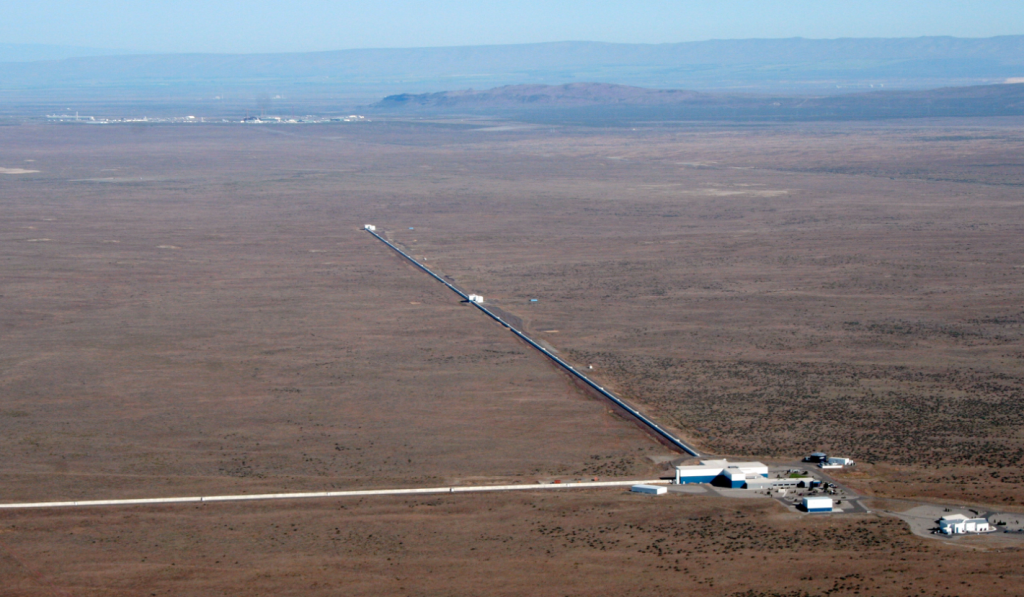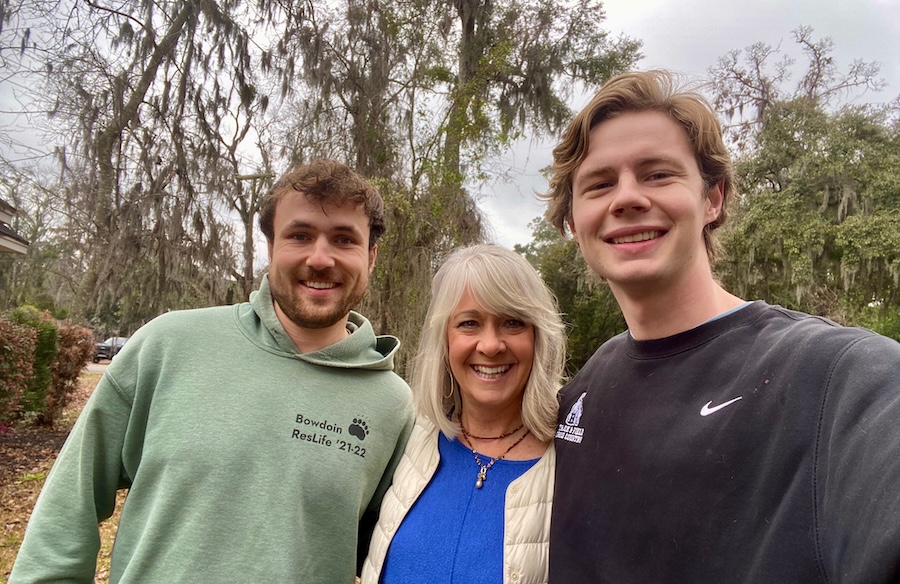Alexa Staley ’11 Involved in LIGO’s Detection of Gravitational Waves
By Tom Porter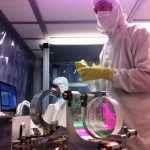
Once upon a time, an indescribably long distance away, two black holes collided and merged.
1.3 billion years later, scientists in two different observatories — one on the West coast, the other in Louisiana — picked up the “ripples” caused by that cataclysmic event: the first time these types of gravitational waves have been detected.
That was the announcement made Thursday, February 11, 2016: the culmination of more than two decades of research involving 1,000 scientists from across the world.
Albert Einstein predicted the existence of gravitational waves 100 years ago, but scientists say this breakthrough actually proves he was right.
It’s all the work of researchers at the Laser-Interferometer Gravitational wave Observatory (LIGO), which revealed that it detected the waves September 14, 2015.
In a news release, LIGO said “this collision of black holes had been predicted but never observed.” Until now, that is.
Alexa Staley ’11 worked on the LIGO project for two years as a graduate student at Columbia University.
How does it feel to be part of such an historic effort?
I am so fortunate to have been a part of this historic event — it’s beyond words. It is very exciting, and I am thrilled to have been able to help build one of the detectors.
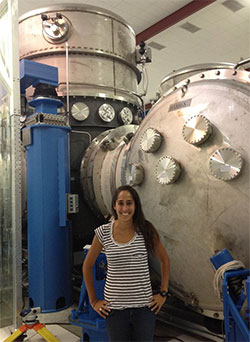
This is probably going to be one of my greatest life accomplishments. I am happy to have been a part of this amazing collaboration consisting of approximately a thousand scientists. It’s a great day for the collaboration, and many people have worked very, very hard for this for a very long time.
What were the challenges of setting up the facilities?
The challenges are quiet impressive. Our detector is so precise that we could measure a variation in the distance between earth and our nearest star system, Alpha Centauri, the size of the width of a human hair. So to be able to do that requires a lot of technological feats.
We use a lot of optical tricks, stability loops, impressive suspensions systems, massive near-vacuum chambers, to name a few. Getting all of these systems working to their full potential and in unison is a very big challenge. It was extremely exciting to be working on getting the detector up a running as a graduate student — definitely a special experience.
What does the announcement mean in terms of our understanding of the universe?
This discovery does so many things. For one, gravitational waves were predicted by Einstein about 100 years ago, and have never been directly detected until now! This detection hopefully implies that we will have more to come, which will open up the door to gravitational wave astronomy.
Gravitational waves provide a unique way of studying the universe, they will allow us to study astrophysical sources and events in the universe in ways we have not be able to due to the special nature of gravitational waves. We may even learn about new phenomena, you never know. We now have an entirely new tool to study the universe.
Staley is featured in the documentary LIGO, A Passion for Understanding, which shares the work of the Laser Interferometer Gravitational-wave Observatory (LIGO) and those who help support it.
Staley, daughter of Bowdoin College Trustee Jes Staley ’79, thought perhaps she’d be an economics major when she first came to the College, but after encountering Einstein’s General Theory of Relativity in a course taught by Professor of Physics and Astronomy Thomas Baumgarte, Staley says she was hooked. Staley speaks of her work in experimental physics about 7:00 into the film.
Thomas Baumgarte, William R. Kenan Professor of Physics
“The first direct detection of gravitational waves is a triumph — a historic moment that proves Einstein right again and ushers in a new field of astronomy. General Relativity, Einstein’s relativistic
theory of gravity, predicts gravitational waves, but they are so weak that, until now, they had never been detected.
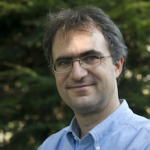
This changed dramatically changed when LIGO announced the detection of a gravitational wave signal from black holes. This announcement concludes an international and decades-long effort — both experimental and theoretical — to design and construct instruments sensitive enough to detect these waves.
I greatly admire the gravitational wave pioneers who had the vision and confidence that this is possible, and the team who made it happen! And I am thrilled that a former student of ours, Alexa Staley ’11, was part of this team.
Even the first detection revealed objects that we had never seen before: two black holes orbiting each other. This detection therefore marks the beginning of a new field of astronony – gravitational-wave astronomy – offering us a new perspective on the Universe.
Many years of my own work developing numerical simulations to model potential sources of gravitational waves was motivated by this prospect, and it is truly exciting that instead of speculating about potential observations, we can now analyze detected signals and learn about exotic objects lurking in the Universe.”
